It might not have seemed that way at the time, but the downpours that hit the north Highlands in July were actually a blessing in disguise.
As much of Britain sizzled through a record-breaking heatwave, 106mm of rain fell in Sutherland across 31 days.
That figure represents 118% of the usual amount of rainfall in the area for an average July.
But while that number isn’t a hugely stark increase, it was completely out of kilter with the rest of the UK.
England recorded its driest July since 1935, and this week a drought has been declared across eight areas of the country, including Kent, South London, Devon and Cornwall.
In some parts of Scotland less than 20% of the expected rainfall fell in July.
Why has the warm weather happened?
Air pressure is a major factor in determining weather conditions.
In simple terms, high pressure zones lead to settled weather conditions and low pressure zones bring unsettled ones.
In the summer, that high pressure usually equals warm, fine weather.
The Met Office’s Grahame Madge said Sutherland’s rainfall in July was the highest total compared with average of anywhere in the UK.
He said: “The reason behind this is that while much of the UK spent the month under areas of high pressure, the far north and west of Scotland was closest to the edge of the high pressure.
“It was therefore more exposed to weather conditions from the Atlantic.”
That fresher air meant more rain fell in Sutherland than anywhere else.
Mr Madge added: “It doesn’t always follow this pattern.
“Quite often north and west Scotland can enjoy fine conditions while further south in the UK endures windier and rainier conditions.”
May rain helped the Highlands avoid water problems
For obvious reasons, when most people talk about good weather they usually mean dry and sunny.
When someone comes back from a holiday and says they had amazing weather, you’re not imagining downpours.
But that viewpoint was certainly put to the test as parts of the UK suffered through a record-breaking heatwave last month.
On the back of that, we are seeing talk of hosepipe bans and further extreme heat warnings down south.
Sepa’s most recent water scarcity report illustrates the benefit of those July showers, with the west Highlands one of the few areas not on alert.
Even in the Western Isles, which were much drier than usual in July, levels are normal because of heavy rain earlier in the year.
Sepa’s head of water and planning, Nathan Critchlow-Watton, said: “Although rainfall in July was well below average throughout the Western Isles, the previous three months recorded higher than average rainfall.
“Sepa’s rain gauge in Harris recorded nearly double the long-term average rainfall in May alone.
“This additional rainfall has helped keep river flows and loch levels at normal conditions and prevented any water scarcity issues.”
Will we be seeing more rain in the Highlands?
Extreme heat warnings remain in place for parts of England until Sunday, with temperatures forecast to hit 37C (99F)
Yorkshire Water announced its first hosepipe ban in 27 years, while other restrictions are in place by South East, Southern and Welsh Water.
Part of the Scottish Borders has joined mid and north Fife in reaching the ‘significant’ level for water scarcity and prolonged below average rainfall set to continue.
The Scottish Environment Protection Agency (SEPA) said it is suspending water abstractions for most licence holders in mid and north Fife as river and groundwater levels become critical in the east of Scotland.
SEPA says Scotland is seeing the impacts of climate change with an increase in water scarcity events over last few years.
It is likely to bring more uncertainty and may exert pressure in areas that have not experienced water scarcity before.
The European Drought Observatory also says lack of rainfall and early heatwaves mean 45% of Europe and the UK was in ‘warning’ conditions, and 15% in ‘alert’ conditions during July.
Conditions are not as severe in the north of Scotland, but temperatures will still be higher than usual for most of the Highlands and Islands.
Once again, the far north-west will be the most likely to see rain showers.
🌡️ Temperatures will build through the week, peaking in the mid 30s Celsius on Saturday
🔶 An amber extreme heat warning has been issued Thursday – Sunday
Latest info 👉 https://t.co/QwDLMfRBfs#WeatherAware ⚠️ pic.twitter.com/Up7IkjHk8j
— Met Office (@metoffice) August 9, 2022
Temperatures are likely to rise into the low-to-mid 30Cs for central and southern areas of the UK.
However, they are not expected to be as extreme as those experienced in July when new national records were set.
Hosepipe bans; what are they and what can and can’t you do?
With just 8% of average rainfall during July in south east England, a temporary hosepipe ban has been brought in to prevent stocks decreasing further .
Although you cannot use a hose connected to a mains supply during a ban, you can still water your garden using a bucket, or with a watering can.
You can also clean your car using water from a bucket.
Concessions are granted to businesses that use hosepipes as a core part of operations, such as car washes and window cleaners.
The prolonged hot weather has also led to water storage levels in many reservoirs running low which can lead to restrictions of supply and possibly discoloured water.
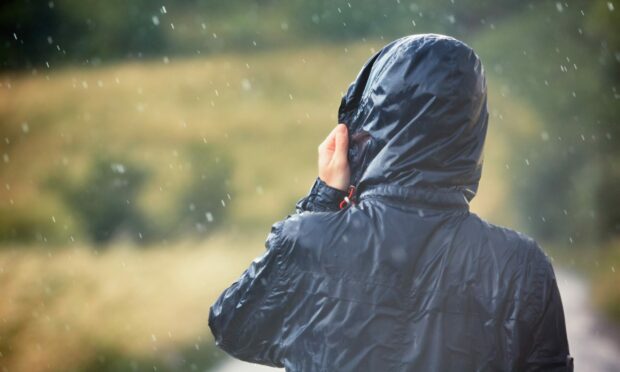
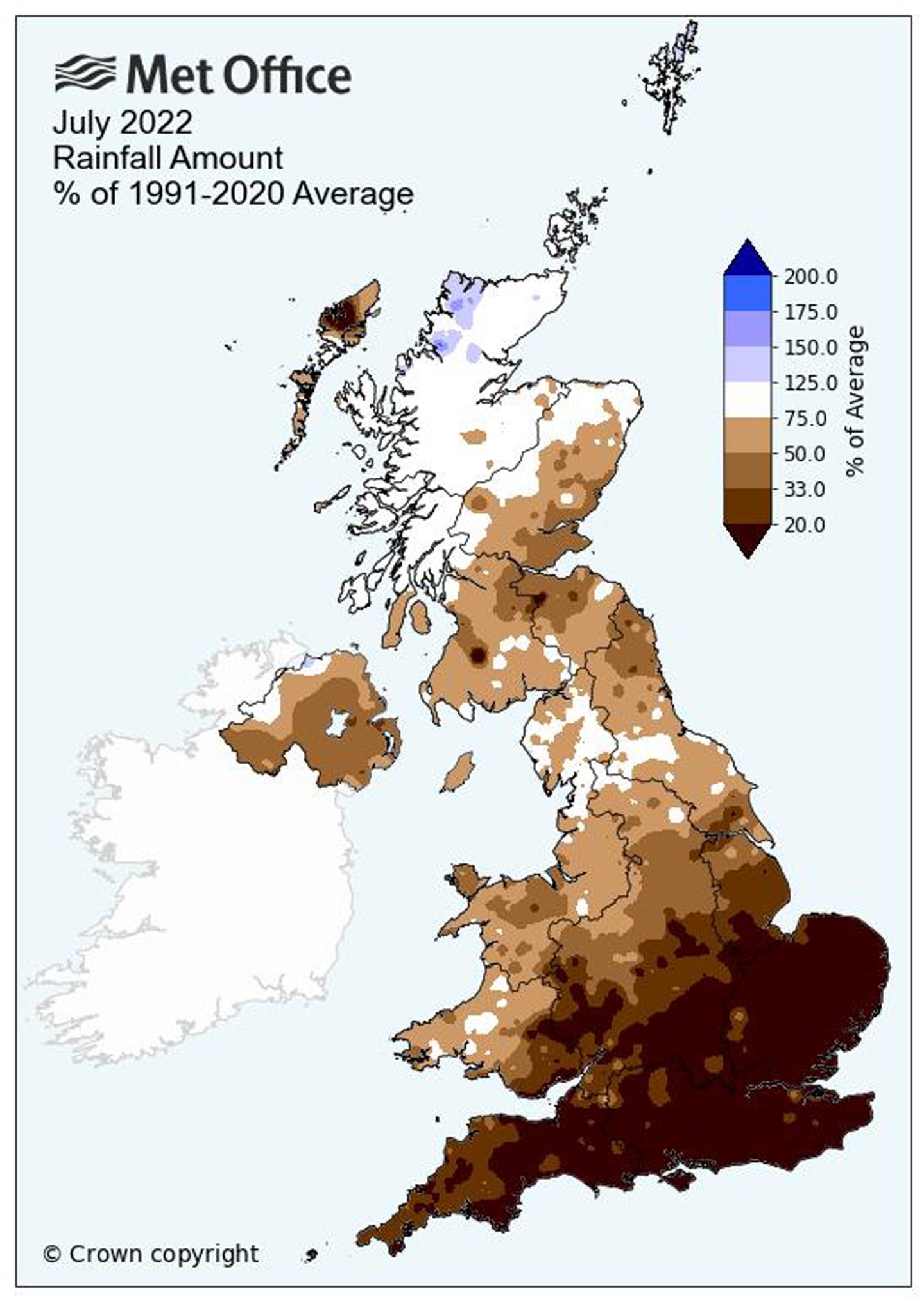
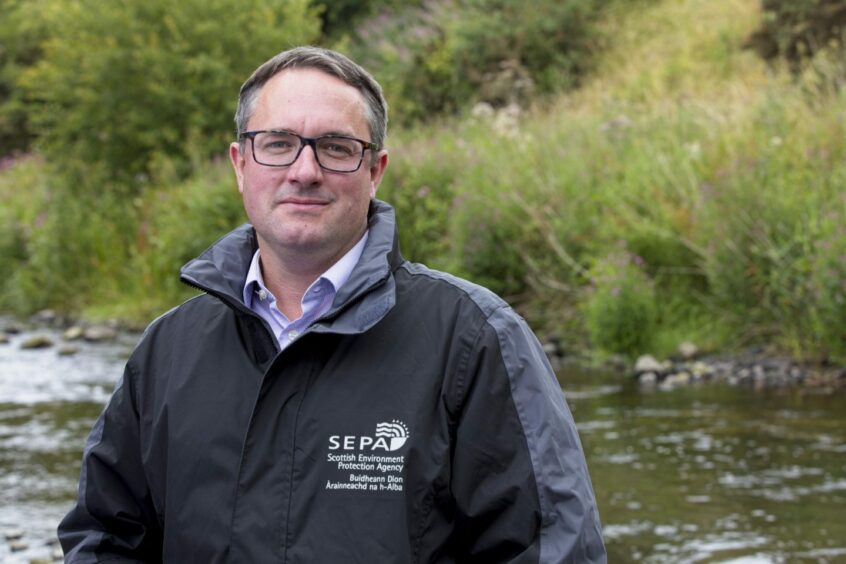
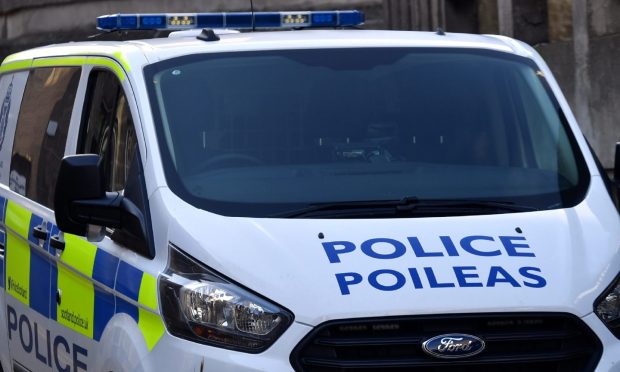

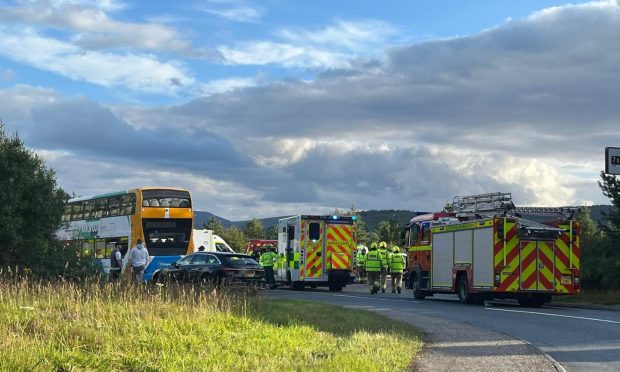
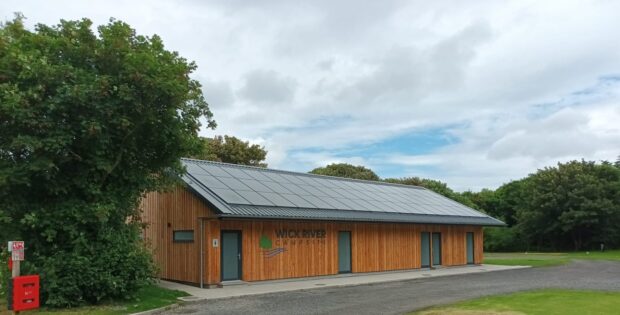
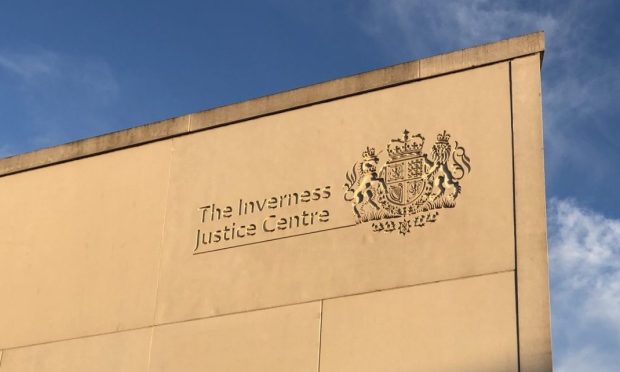


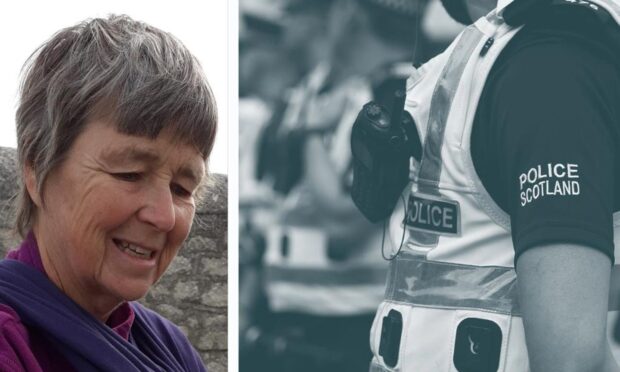


Conversation